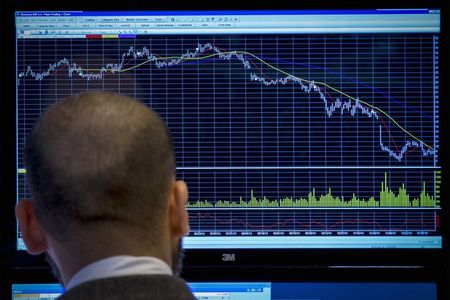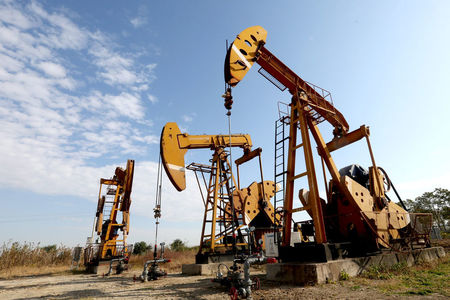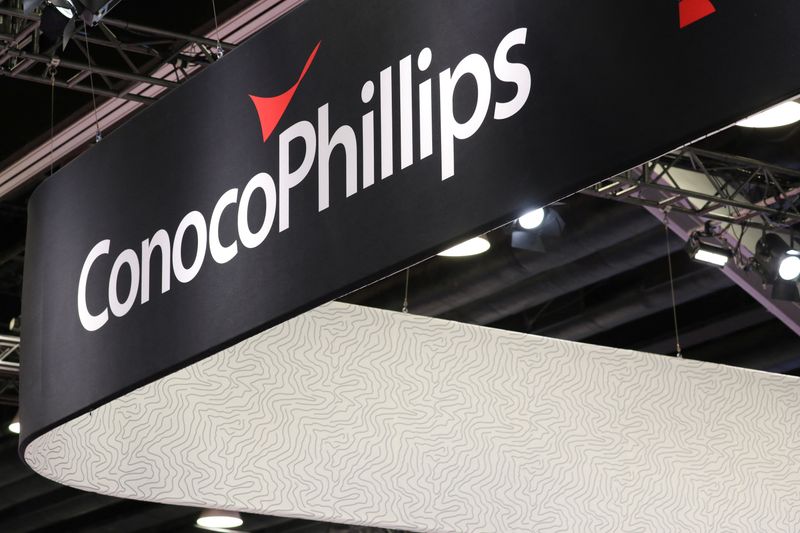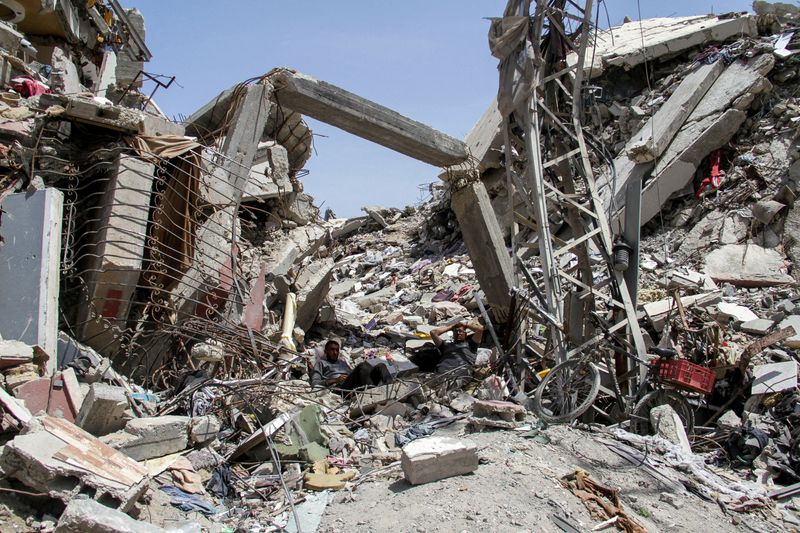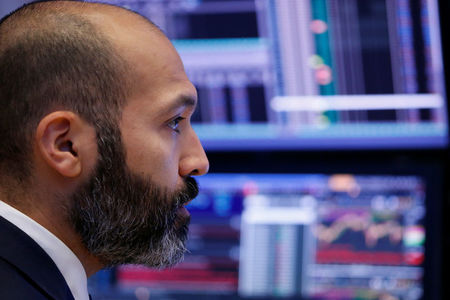Follow us on LinkedIn
Inventory is any goods that a company produces to generate revenues. For most companies, it is the primary income source. Before selling these items, companies must know what inventory cost is.
What is Inventory Cost?
Inventory cost encapsulates the comprehensive expenses incurred by a business throughout the inventory management process. It comprises various components that collectively contribute to the overall financial investment in maintaining a stock of goods. The primary constituents include the purchase cost, shipping charges, taxes, and other directly related expenses.
For manufacturing companies, the production cost constitutes direct materials, direct labour, and manufacturing overhead. Direct materials are the raw inputs, direct labour is the labour directly involved in the production, and manufacturing overhead includes indirect costs like utilities and maintenance. Additionally, storage costs, encompassing expenses related to warehousing, rent, utilities, insurance, and security, play a significant role.
What are the types of Inventory Costs?
Inventory costs include various types, some of which are below.
Purchase costs
Purchase costs encompass the direct expenses of acquiring inventory, including the purchase price, shipping charges, taxes, and related procurement costs. The cost of goods purchased (COGP) consolidates these expenditures.
Production costs
Production costs involve direct materials, representing raw material expenses; direct labour, accounting for labour costs in production; and manufacturing overhead, covering indirect production costs like utilities and maintenance.
Carrying costs
Carrying costs are expenses associated with storing inventory, such as rent, utilities, insurance, and security. Handling costs within this category pertain to physical inventory management in a warehouse.
Stockout costs
Stockout costs capture the financial impact of inventory shortages, including lost sales due to unmet customer demand and subsequent back-ordering expenses for processing orders after a stockout.
Ordering costs
Ordering costs encompass expenses tied to ordering and receiving inventory, including administrative costs and fees associated with placing orders.
Shortage costs
Shortage costs represent the financial consequences of stockouts, covering the costs of lost sales and potential customer dissatisfaction due to insufficient inventory to meet demand.
Obsolescence costs
Obsolescence costs signify the financial loss incurred when inventory becomes outdated, obsolete, or exceeds its shelf life, emphasizing the importance of managing and minimizing these costs.
Shrinkage costs
Shrinkage costs encapsulate the financial impact of inventory losses due to theft, damage, or other forms of shrinkage, necessitating measures to mitigate losses for accurate inventory records and optimized financial performance.
How to Calculate Inventory Cost?
Calculating inventory cost is a crucial aspect of financial management for businesses and involves considering various components associated with acquiring, storing, and preparing goods for sale. The chosen costing method, whether FIFO, LIFO, or weighted average, determines the approach to valuing inventory.
The formulas for inventory cost under different costing methods are as follows.
FIFO
Inventory cost=Cost of oldest inventory items +Cost of remaining inventory
LIFO
Inventory cost=Cost of newest inventory items + Cost of remaining inventory
Weighted average
Inventory cost=Total cost of goods available for sale / Total units available for sale x remaining units in inventory
Conclusion
Inventory cost refers to the expenses a company incurs throughout its inventory management process. It can consist of different expenses, including purchase, production, carrying, stockout, ordering, shortage, obsolescence, and shrinkage costs. Companies may use various inventory valuation methods based on which the inventory cost may differ.
Further questions
What's your question? Ask it in the discussion forum
Have an answer to the questions below? Post it here or in the forum
